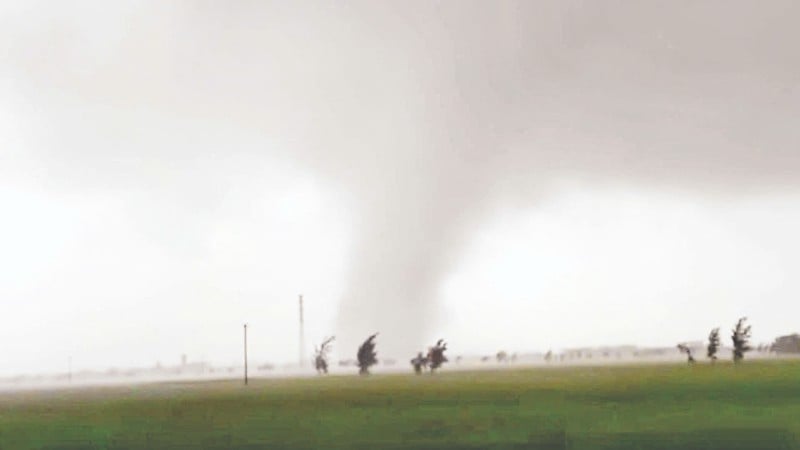
Understanding the mechanism of tornado formation and proactively taking preventive measures is necessary to minimize risks and damage caused by natural disasters.
According to Associate Professor, Dr. Nguyen Tien Thanh, Department of Hydrology and Climate Change, University of Water Resources, tornado (also known as waterspout) is an extremely strong rotating column of air often formed from large thunderstorm clouds. When hot and humid air from the ground moves up and meets cold air from above, they collide and create wind vortexes.
If there are deflected winds at different levels (vertical shear) in the area, the initial small vortex will tilt and move more strongly, creating a funnel-shaped column of air from the cloud to the ground. A large storm or the edge of a storm circulation is the “ideal environment” for tornado formation.
The tornadoes that occurred in the northern provinces during the recent storm Bualoi are an example: The circulation north of the storm center is stronger and wider than the circulation south, the northern edge located in the Northern Delta region is affected by a colder air mass, making the convection process become more intense, forming strong thunderstorms with tornadoes.
Besides, tornadoes do not always need storms to form. They can appear independently in strong thunderstorm clouds in the summer, especially when there is a conflict between warm and cold air masses at the change of seasons.
In essence, a tornado is also a storm but on a very small scale, much smaller than a hurricane, both in terms of size, space (from a few dozen to a few hundred meters), and duration (from a few minutes to a few dozen minutes), so radar and satellites are almost unable to detect it.
The National Center for Hydro-Meteorological Forecasting currently only warns of thunderstorms with the possibility of tornadoes. Although much smaller in scope than a hurricane, the wind intensity in a tornado can reach very high levels.
In the world , the US National Weather Service (NWS) began using the improved Fujita scale (from EF0 to EF5) since 2007 to assess the level of destruction of tornadoes. EF0 usually only causes roofs to be torn off, tree branches to be broken, while the highest level EF5 has wind speeds of more than 323 km/h, can destroy houses and blow away cars.
The record for the strongest wind speed ever recorded in the United States is currently held by the Bridge Creek-Moore tornado in Oklahoma in 1999, which reached speeds of up to 517 km/h. In Vietnam, tornadoes are classified into two categories of natural disaster risk levels: small-scale tornadoes (level one) and large-scale tornadoes (level two).
Tornadoes are dangerous not only because of their destructive power but also because of their unpredictability. The time between formation and peak intensity is very short, making warning and taking shelter difficult.
To prevent and avoid thunderstorms, hydrometeorological experts recommend that people regularly monitor weather forecasts. Observe signs of a tornado. When you see signs of a thunderstorm such as dark clouds, cold air and strong winds, seek shelter or stay indoors and avoid going outdoors.
If you are outdoors and suddenly encounter a tornado, you need to immediately find safe shelter in solid, concrete structures, or low-lying areas, close to the road, take shelter in a sewer or jump into a hole, stay away from large trees, electric poles, and objects that can easily fall.
Tornadoes are dangerous not only because of their destructive power but also because of their unpredictability. The time between a tornado's formation and its peak is very short, making warning and taking shelter difficult.
Wear a hard hat or helmet to avoid being hit. Do not take shelter in a car because a strong tornado can sweep away a multi-ton vehicle or cause flying objects to cause injury. Do not take shelter in large domes, garages, temporary tents, etc.
When detecting a tornado, absolutely do not run in the same direction as the storm, because the speed of the tornado is many times faster than a human. Instead, you need to run diagonally to both sides, in a direction perpendicular to the tornado's path, to quickly escape the danger zone.
If you are indoors, close all doors and windows, stay away from windows and doors, and find a safe place to hide, such as under a table, under a bed, or in a sturdy location. The safest places are the basement and the ground floor of a concrete structure.
Source: https://nhandan.vn/hieu-de-phong-tranh-hiem-hoa-thien-nhien-post916359.html




![[Photo] Collecting waste, sowing green seeds](https://vphoto.vietnam.vn/thumb/1200x675/vietnam/resource/IMAGE/2025/10/18/1760786475497_ndo_br_1-jpg.webp)
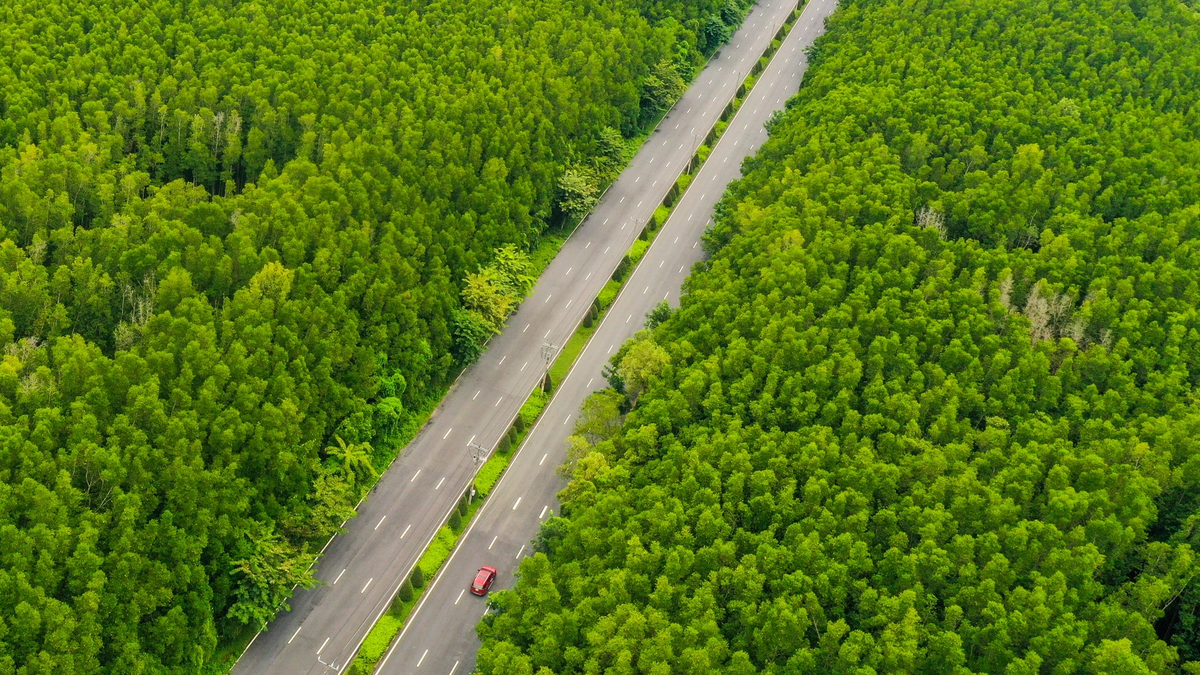

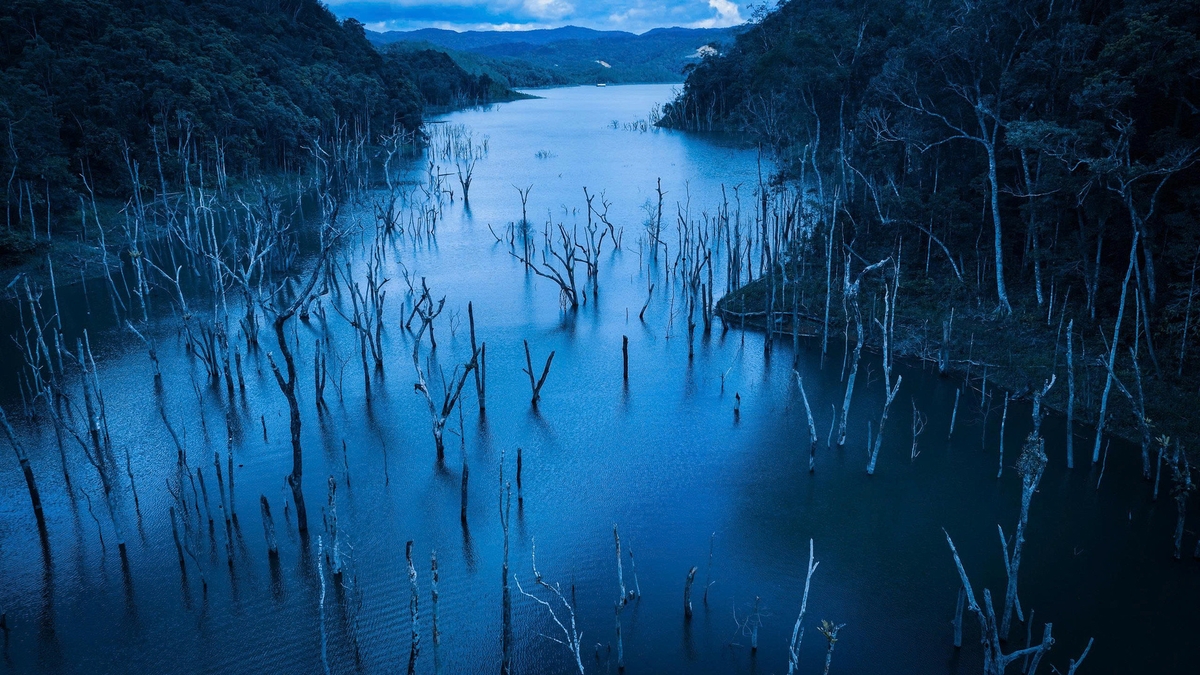




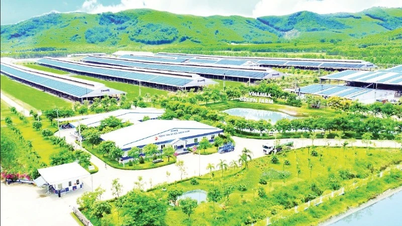
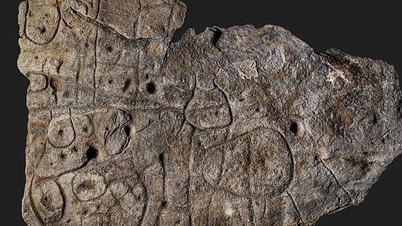









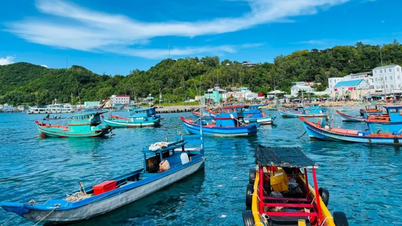


















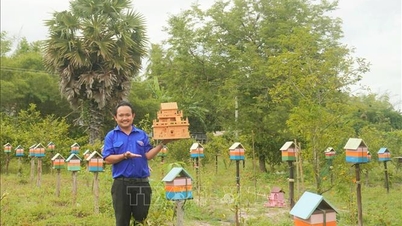



































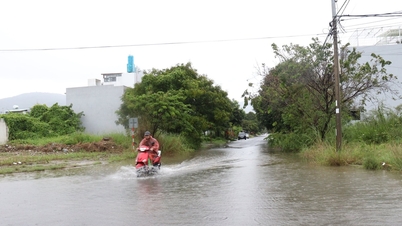





















Comment (0)